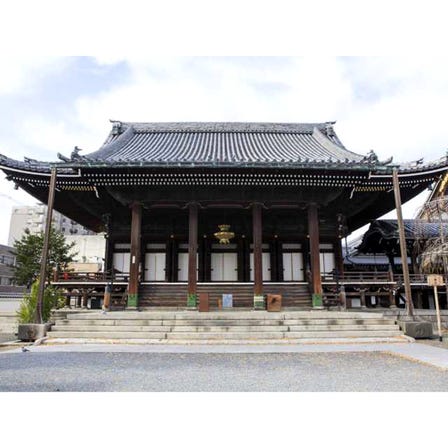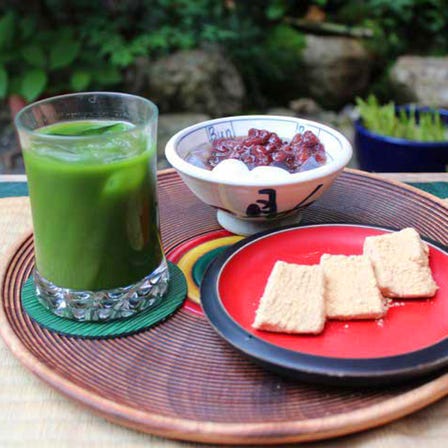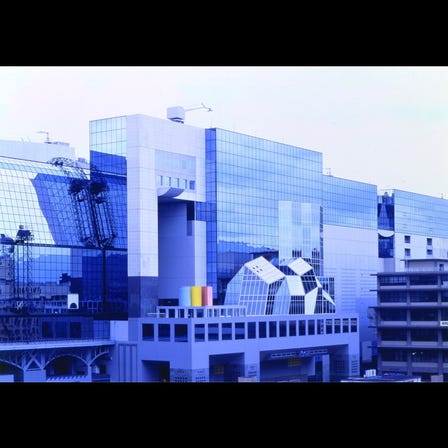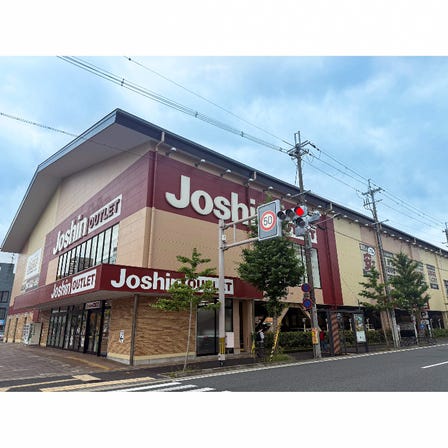Description
The construction of Tofuku-ji Temple began at the wish of Michiie Kujo and took 19 years to complete in 1255. The name comprises the ”To” of Todai-ji Temple, the largest temple in Nara, and the ”fuku” of Kofuku-ji Temple, which was the most prosperous of Nara's temples. Occupying more than 200,000 square meters and Kyoto's largest temple complex, the site is collectively called ”Tofuku no Garanzura (the face of the major structures of Tofuku-ji Temple).” Although many of the temple structures have been destroyed by fire, the temple still has 25 sub-temples in addition to the Shichidogaran (seven major structures in the temple compound). The area around Tsuten-kyo Bridge, connecting the main hall and the Kaisan-do Hall, is famous as one of Kyoto's best viewing spots for autumn.
A National Treasure—the oldest existing San-mon gate at a Zen temple
Tofuku-ji Temple's San-mon is recognized as Japan's oldest San-mon gate at a Zen temple, and has been listed as a National Treasure. It was rebuilt in 1405 during the early Muromachi period. On the front of its upper floor is a tablet displaying the word ”Myounkaku,” written by Yoshimochi Ashikaga, the fourth shogun of the Muromachi bakufu (Japanese feudal government headed by a shogun).
Savor the view of fiery autumn leaves in the Sengyokukan valley from the Tsuten-kyo Bridge
Carved by the Sannobashi-gawa River, the Sengyokukan valley is known as a scenic spot for autumn leaves, and the autumn vista from the Tsuten-kyo Bridge spanning the valley is exceptional. During spring, the fresh green of new maple leaves is also a rewarding sight.
Hasso-no-niwa Garden offers eight characteristic features including chequered patterns, cloud designs and ripple marks
In Hojo (abbot's chamber), reconstructed in 1890, you'll discover a karesansui (dry landscape) garden designed by modern landscape architect Mirei Shigemori. The South, North, West, and East gardens are collectively named ”Hasso-no-niwa Garden,” and as the name suggests, it offers eight characteristic features for visitors to enjoy. Inspired by the concepts of the Shaka Jodo, or the Eightfold Paths to Enlightenment, they include four senjima Elysian islands known as Horai, Hojo, Eiju, and Koryo; Hakkai, the eight rough seas; Gozan, the five great Zen temples in Kyoto; Seiden Ichimatsu, chequered patterns; and Hokuto Shichisei, the Big Dipper.
Beautiful temple structures that have received Michelin stars
The beautiful temple structures in the vast grounds recieve high acclaim from overseas visitors. The French travel guidebook, the ”Michelin Green Guide Japon,” gives two stars to Tofuku-ji Temple, Tsuten-kyo Bridge, San-mon gate, and Hojo Garden, and one star to Hojo.
Location Information
-
- Address
-
15-778, Honmachi, Higashiyama-ku, Kyoto-shi, Kyoto, 605-0981
-
- Nearest Station
-
Tofukuji Station
・ JR Nara Line
10 minutes on foot
-
- Phone Number
-
075-561-0087Available languagesonly in Japanese
-
- Hours
-
9:00am - 4:00pm
*From April to October*Reception ends at 16:00*Close: 4:30 p.m.
8:30am - 4:00pm
*From December to Early February*Reception ends at 16:00*Close: 4:30 p.m.
9:00am - 3:30pm
*From the first Sunday in December to March.*Reception ends at 15:30*Close: 4:00 p.m.
-
- Closed
- None
-
- Public Site
- Official Site
Recommended Spots in Area
- Visiting
- Eating
- Shopping
- Lodgings
-
 To-ji TempleKyoto Station, To-ji TempleTemples
To-ji TempleKyoto Station, To-ji TempleTemples -
 Bukkoji TempleGion, Kawaramachi, Kiyomizu-dera TempleTemples
Bukkoji TempleGion, Kawaramachi, Kiyomizu-dera TempleTemples -
 Kenninji TempleGion, Kawaramachi, Kiyomizu-dera TempleTemples
Kenninji TempleGion, Kawaramachi, Kiyomizu-dera TempleTemples -
 Fushimi Inari-taisha ShrineFushimi, UjiShrines
Fushimi Inari-taisha ShrineFushimi, UjiShrines -
 Kiyomizu-dera TempleGion, Kawaramachi, Kiyomizu-dera TempleTemples
Kiyomizu-dera TempleGion, Kawaramachi, Kiyomizu-dera TempleTemples -
 Hanamikoji StreetGion, Kawaramachi, Kiyomizu-dera TempleHistorical Places
Hanamikoji StreetGion, Kawaramachi, Kiyomizu-dera TempleHistorical Places
-
Bunnosuke Chaya HontenGion, Kawaramachi, Kiyomizu-dera TempleOther Cafes and Sweets
-
KembunrokuKyotoabanteiKyoto Station, To-ji TempleIzakaya
-
Man in the MoonKarasumaGion, Kawaramachi, Kiyomizu-dera TempleOther Restaurants
-
Kyotoyakiniku enen ShijokawaramachiGion, Kawaramachi, Kiyomizu-dera TempleYakiniku
-
Sushi Tamahime KYOTOKyoto Station, To-ji TempleJapanese cuisine
-
Shichijo Kanshundo ShazakissaKyoto Station, To-ji TempleOther Cafes and Sweets
-
JR KYOTO ISETANKyoto Station, To-ji TempleDepartment Stores
-
Aeon Mall KyotoKyoto Station, To-ji TempleShopping Malls
-
ORIHICA Kyoto Yodobashi StoreKyoto Station, To-ji TempleClothing Stores
-
MUSASHI JAPAN Kyoto Kiyomizu Knife ShopGion, Kawaramachi, Kiyomizu-dera TempleHousehold Goods Stores
-
Kyoto Station BuildingKyoto Station, To-ji TempleShopping Malls
-
Joshin OUTLET Kujou Karasuma StoreKyoto Station, To-ji TempleElectronics Stores
-
MarufukuroKyoto Station, To-ji TempleHotels
-
Hilton Garden Inn Kyoto Shijo KarasumaKyoto Station, To-ji TempleHotels
-
Rinn Hostel MiyagawachoGion, Kawaramachi, Kiyomizu-dera TempleEconomy Hotels
-
Six Senses KyotoKyoto Station, To-ji TempleHotels
-
Dusit Thani KyotoKyoto Station, To-ji TempleHotels
-
Hotel Bell KyotoKyoto Station, To-ji TempleHotels













































